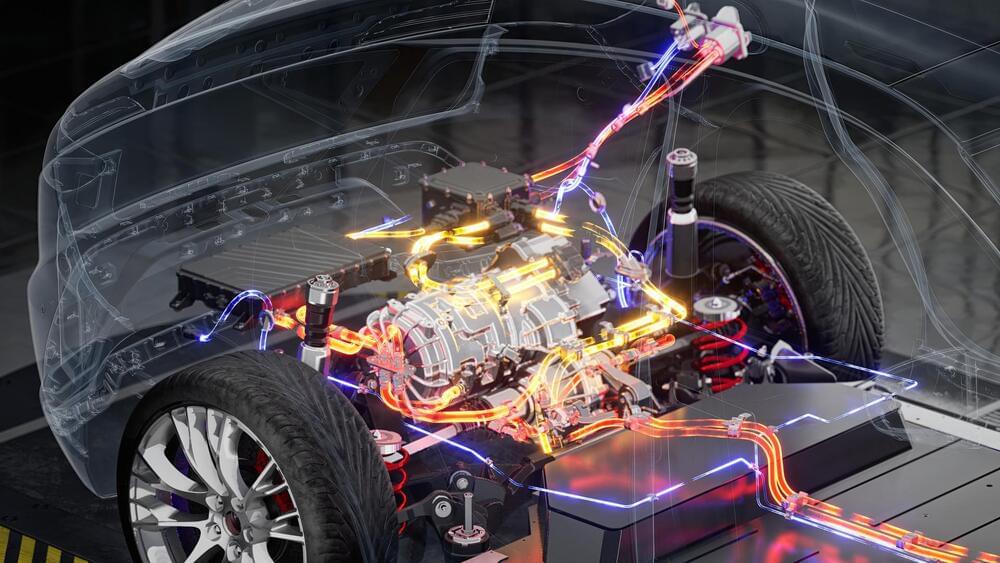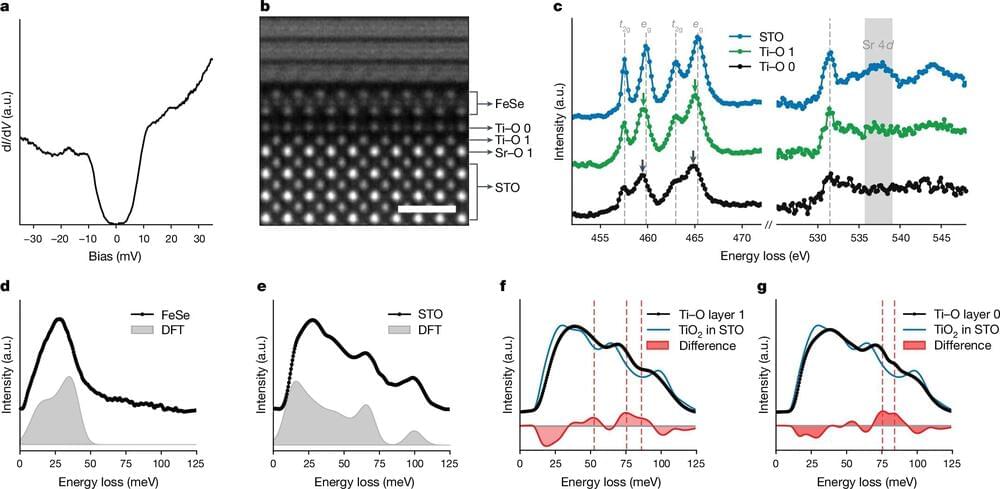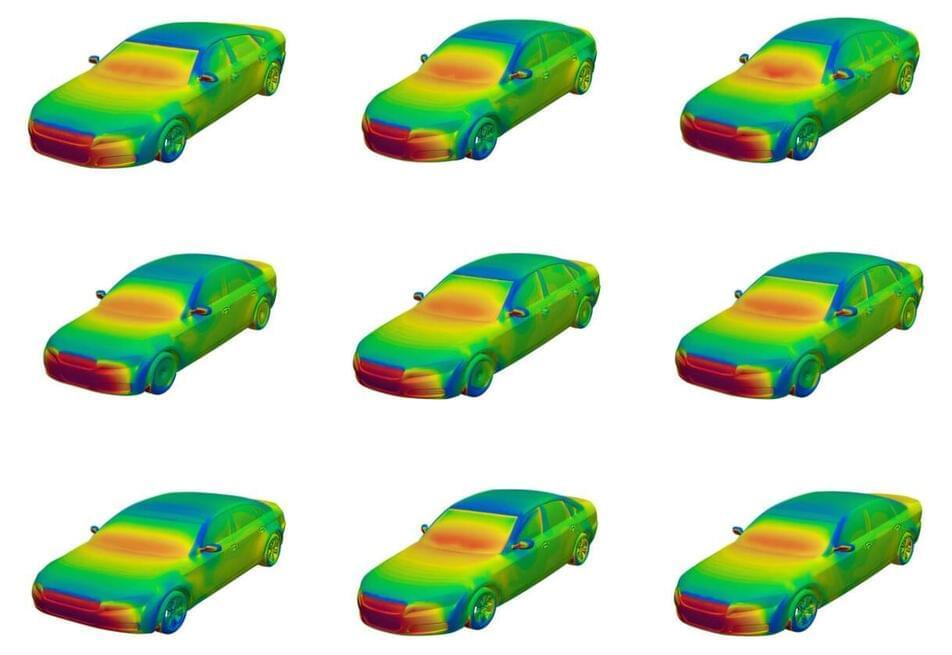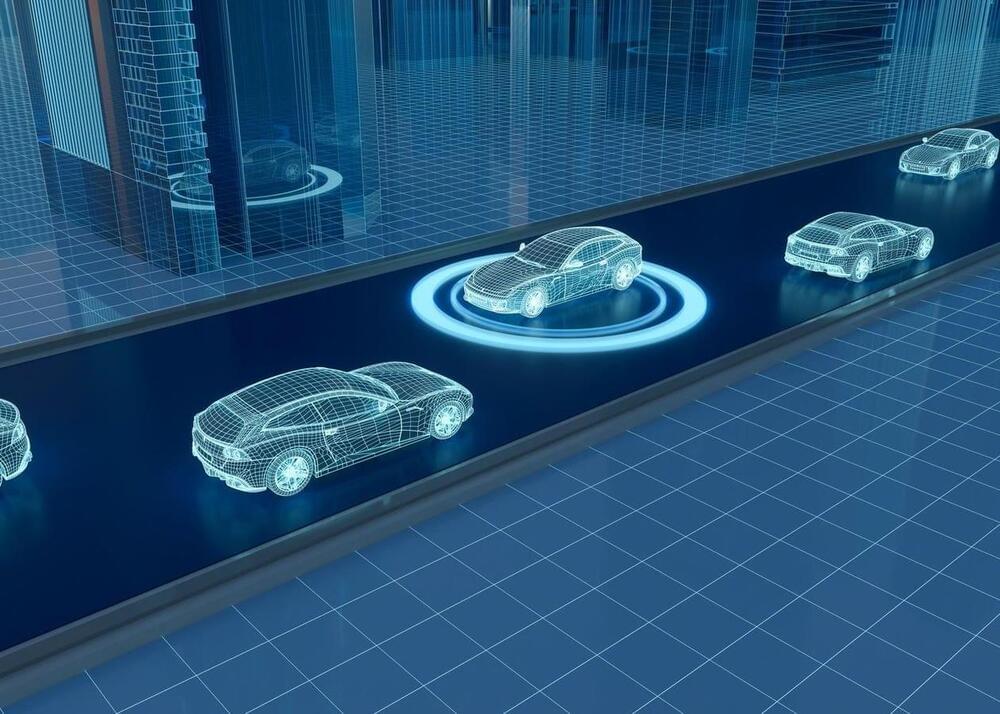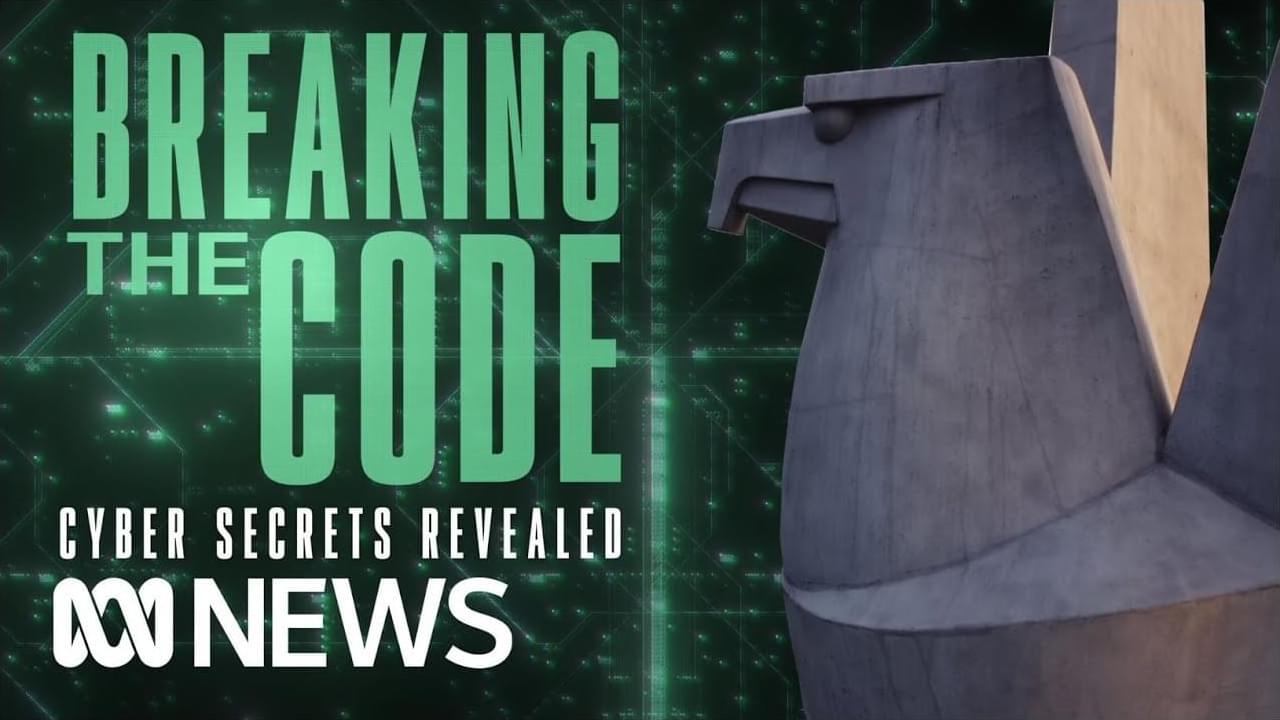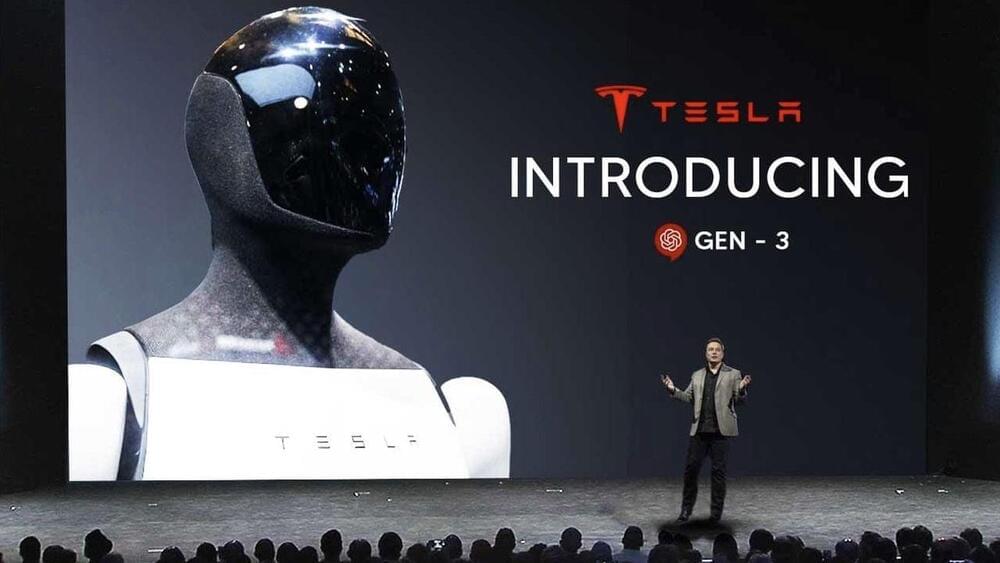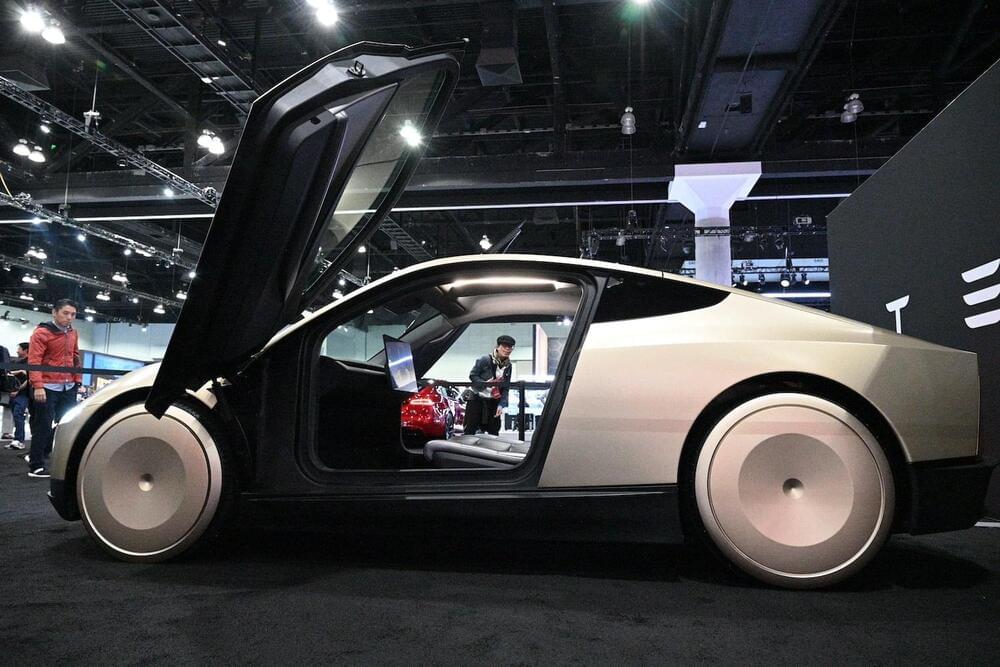We got a glimpse at what a new cross between a helicopter and a jet aircraft might look like after Bell released a new image. It’s of a model used in wind tunnel tests of its entry in DARPA’s Speed and Runway Independent Technology (SPRINT) program.
Rotorcraft like helicopters have the advantage of vertical takeoffs and landings in rough country but haven’t much in the way of speed. Jet planes have lots of speed but need runways and even the STOVL variety need a properly flat surface to land on. It was long accepted that these were two very different classes of aircraft without much in the way of overlap.
That is, until DARPA initiated its SPRINT program aimed at making the twain meet in an aircraft that could take off, land, and hover like a rotorcraft and then transition into a jet when in vertical flight.

